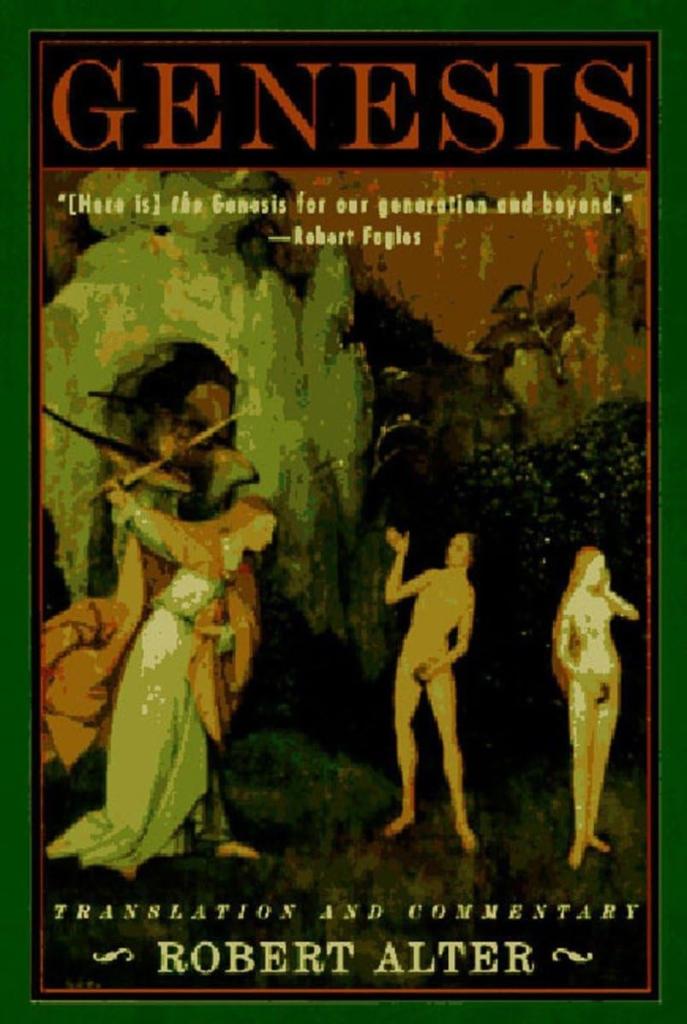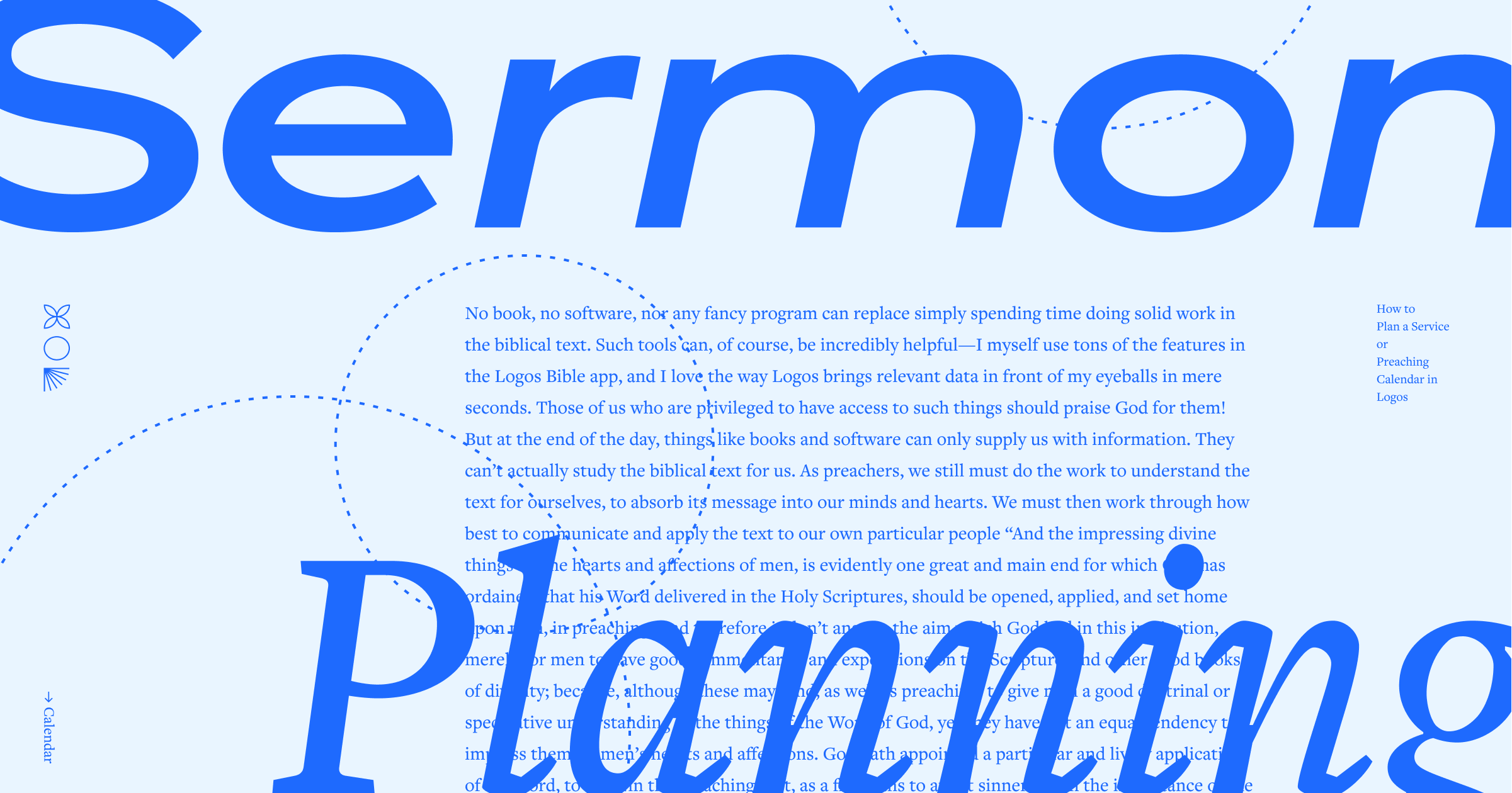The second half of Gen. 13 deserves separate treatment, and as Robert Alter says, the Hebrew verbage indicates that this discussion between Abram and God took place after Lot and his tribe had headed down to the plains of Jordan. This means that the promise is given solely to Abram and his direct line, not to his nephew and his line. And vs. 13 makes a declaratory statement about the residents of where Lot was going, namely to Sodom, that they were evil, offenders against the true God and his will.
At this point God says to Abram he needs to do a survey of the whole land which he and his descendants are being given, to the north and the south and the east and the west from Bethel. And the promise is to Abram and his seed forever. Olam in Hebrew can have several meanings. Yes it can be in perpetuity, i.e. forever. But it can also mean ‘on an ongoing basis without a pre-determined end’. In other words, it need not mean forever, especially if it is part of a conditional promise like the one in 2 Sam. 7.12-16 to David and his descendants. In fact the Davidic line did not continue forever because this was a conditional promise. It was discontinued for centuries, and because of many bad and unfaithful kings. If one looks at Gal. 4, you will see how Paul deals with this remarkable promise to Abram, namely he takes the term ‘seed’ singular literally, to refer to one descendant— namely Christ himself. This is his way of dealing with what happened with the previous descendants of Abram broke the covenant. But clearly, in this original context when an analogy is drawn between seed and grains of dust, the original intent is for ‘seed’ to be seen as a collective noun.
So it is that Abram pulls up his tent stakes, and moves all the way to Hebron, and pitches his tent under the terebinths of Mamre which are said to be in Hebron. A terebinth appears to have been an oak. And apparently there is an evidence of a tree cult focused on a single ancient tree near Hebron. Wikipedia says the following: “Modern scholars have identified three sites near Hebron which, in different historical periods, have been successively known as Mamre: Khirbet Nimra (a little excavated Persian and Hellenistic period site), Ramat el-Khalil (the best known site, flourished from the Herodian through the Byzantine period), and Khirbet es-Sibte. The last one contained an old oak tree identified by a relatively new tradition as the Oak of Mamre which has collapsed in 2019, and is on the grounds of a Russian orthodox monastery.”












 English (US) ·
English (US) ·